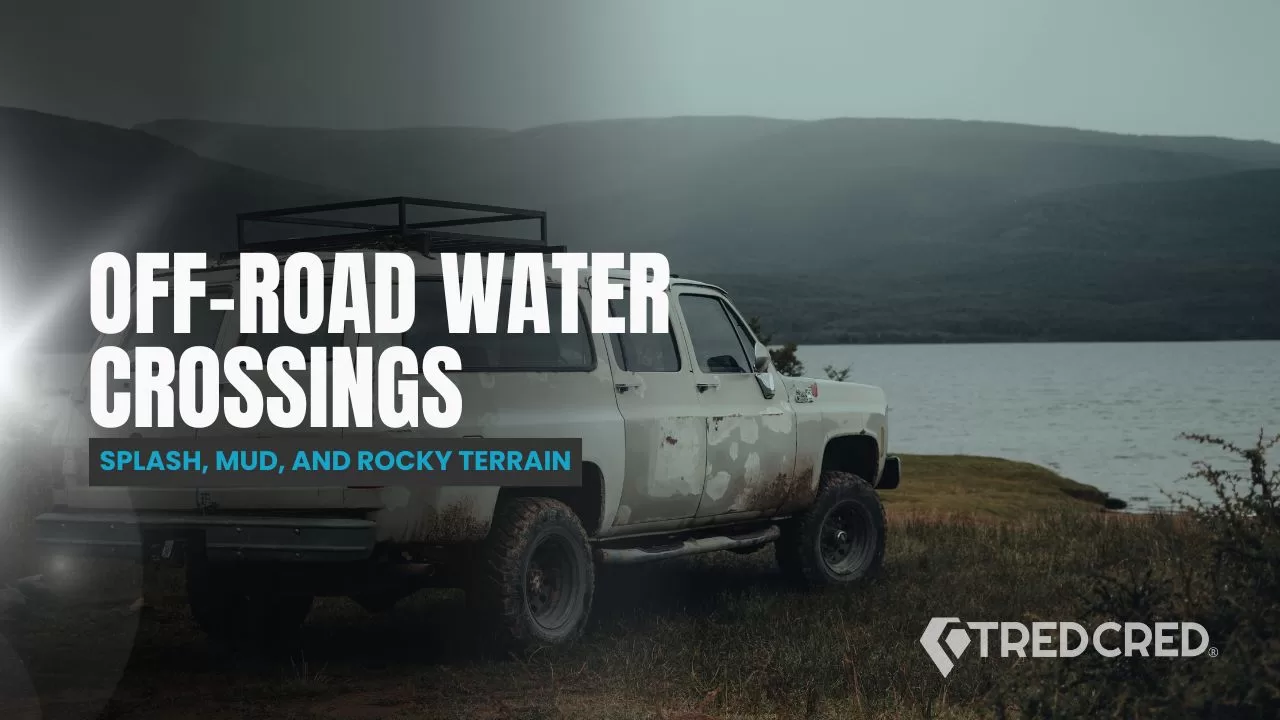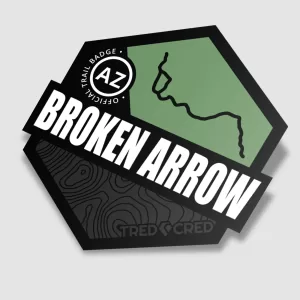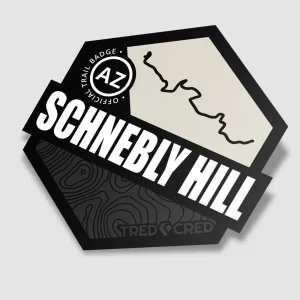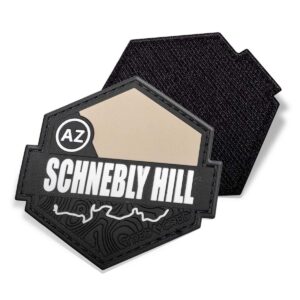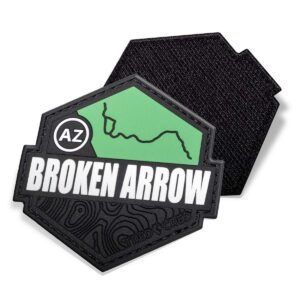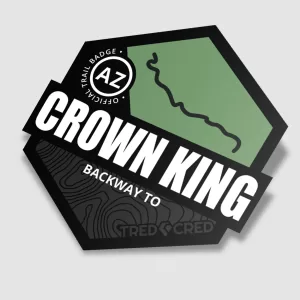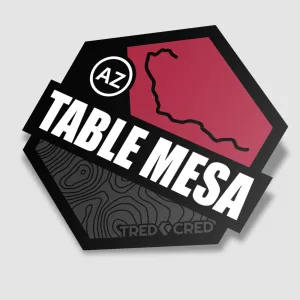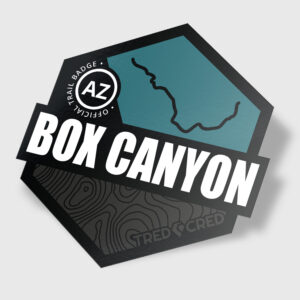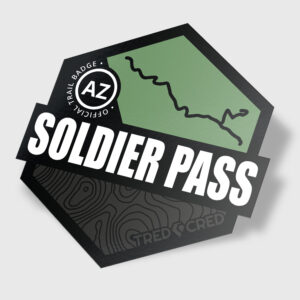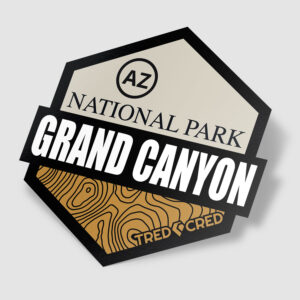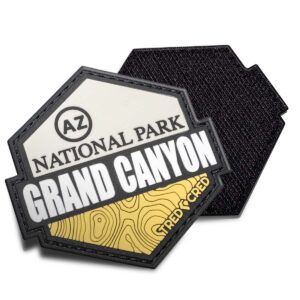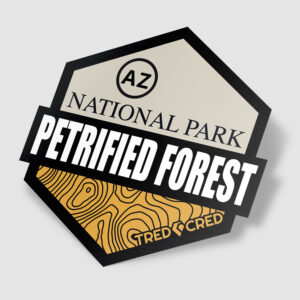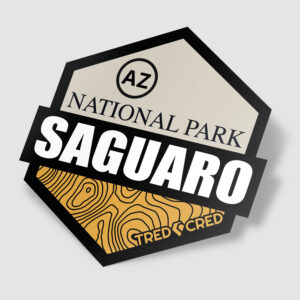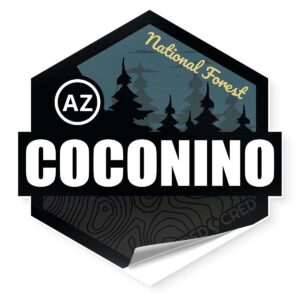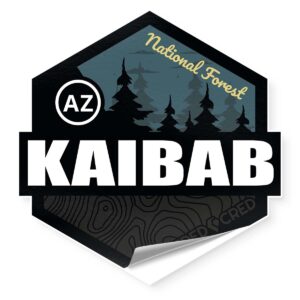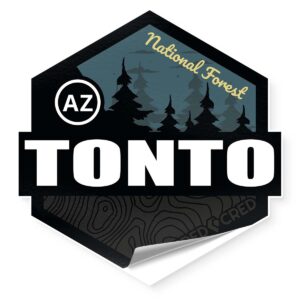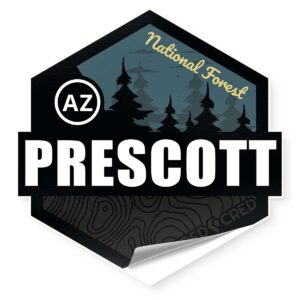Crossing Arizona’s Waters: A 4×4 Adventure Through the Unexpected
The desert isn’t supposed to have water, right? Not so fast. Arizona, the land of red rock vistas and sprawling saguaro forests, is also home to some of the most exciting and challenging water crossings in the Southwest. Whether you’re fording the Verde River in spring or tackling a monsoon-swollen wash in the Sonoran desert, water crossings are a rite of passage for off-roaders. They test skill, equipment, and nerve—but more importantly, they reward us with stories worth telling.
If you’re the kind of off-roader who marks trail conquests with a worn-out pair of boots, a new scratch on your bumper, or a fresh sticker on your rig, then you’re in the right place. Let’s dive into Arizona’s water crossings and how to tackle them like a seasoned explorer.
Finding Arizona’s Best Water Crossings
Arizona’s water crossings range from tame creeks to flash flood-prone desert washes. Understanding where to find them and when to tackle them safely is key to making it more adventure than misadventure.
Iconic Water Crossings
- Verde River Crossings: Often found along forest roads, the Verde River offers some of the most scenic and flow-dependent crossings in the state. Areas along Bloody Basin Road and Childs Dispersed Camping Area frequently require crossing the river.
- Apache Trail (SR 88): Though parts of this famous route have been closed due to landslides, it historically had multiple water crossings—especially around Fish Creek.
- Crossing the Gila River: Found near Florence and the Box Canyon area, the Gila River can be a fun challenge but is extremely season-dependent.
While these are some of the well-known crossings, the real magic happens on less popular routes. Exploring Arizona’s endless dirt roads leads to hidden creeks and unexpected crossings—giving each off-roader their own story to tell.
How to Prepare for a Water Crossing
Water can be a vehicle’s best friend or worst enemy. Approach unprepared, and you might find yourself hydrolocked in the middle of nowhere. But with the right knowledge and equipment, water crossings become less of a threat and more of an adventure.
Know Your Vehicle’s Limits
Every rig has its weak points, and water has a way of finding them. Before you attempt any water crossing, know your:
- Wading Depth: Check your manufacturer’s specifications to see how deep your vehicle is rated for.
- Breather Locations: Axle and transmission breathers should be extended to avoid sucking in water.
- Air Intake Position: If your air intake is low, a snorkel might be worth the investment.
Essential Gear for Water Crossings
Preparation is the difference between making it across smoothly and standing knee-deep in a river, winch cable in hand. Always carry:
- Recovery Gear: A winch, tow straps, and a shovel are lifesavers if things go wrong.
- Water Displacement Spray: WD-40 (or similar) can help clear moisture from electrics if needed.
- Tarp for a Bow Wave: Placing a tarp across the front of your grille can help create a wave that keeps water from rushing into your engine bay.
Think of water crossings like stepping stones—knowing how much weight each one can bear and how stable it is determines whether you land safely or slip in.
Crossing Water the Right Way
Assess the Crossing First
When uncertain, walk it. Yes, it might be cold or a little murky, but physically feeling the terrain helps you know what’s coming. Look for:
- Strong currents that could push your vehicle.
- Hidden rocks, deep holes, or soft sand.
- Exit points—always have a plan for getting out before you go in.
Take It Slow and Stay Steady
Avoid the temptation to blast through at speed. A slow, controlled approach creates a bow wave in front of the vehicle, reducing the water pressure on critical components.
- Use low-range 4WD for better control.
- Keep a steady momentum—losing too much speed can lead to getting stuck.
- If water starts coming inside, don’t panic—keep moving toward your exit point.
Think of it like wading through a river yourself: if you sprint, you’ll trip and fall; if you hesitate, the current takes control.
What to Do If Things Go Wrong
Even the most experienced off-roaders get into sticky (or wet) situations. If your vehicle stalls in water:
- Do not attempt to restart immediately—water could be inside the engine.
- Exit safely and assess. If it’s minor, recover using a winch or tow strap.
- If water has entered the intake, you may need to dry out components before getting started.
When driving off-road, it’s not about whether you’ll get stuck—it’s about how well you’re prepared to recover when you do.
Commemorating the Journey
Every water crossing tells a story. Maybe it was a quiet creek that splashed gently against your tires, or maybe it was a raging monsoon runoff that tested every ounce of your skill. Either way, these moments deserve to be marked.
Adding Another Badge of Honor
Overlanders and off-roaders love the symbols of their adventures—stickers on back windows, patches on headliners, or badges of honor scattered across toolboxes. Custom souvenir stickers or patches are a perfect way to commemorate success (or a memorable recovery story). Imagine looking back on your collection and remembering each challenge you conquered.
Ideas for Custom Stickers/Patches:
- “I Survived the Gila River Crossing” with a water and boulder theme.
- “Verde River Fording Club” for those who’ve tackled its many crossings.
- “This Wasn’t a Puddle” for those surprise deep water moments.
Every trail has a story, and every water crossing adds to the legacy. Why not show it off?
Final Thoughts
Arizona’s water crossings are more than just obstacles—they’re chapters in our off-road adventures. They test our rigs, skills, and decision-making. They create moments of triumph, heart-pounding tension, and sometimes, a good laugh at our own mistakes.
So next time you face an Arizona water crossing, embrace it. Navigate wisely, respect nature’s power, and afterward—mark the moment with something that tells the story. After all, the best trails aren’t just the ones we conquer, but the ones that leave a mark on us.

